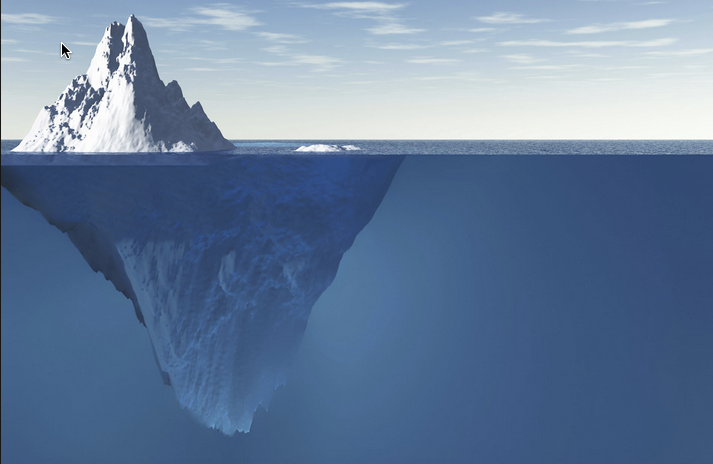A chunk of floating ice roughly the size of Delaware broke away from the Antarctic Peninsula this week, NASA confirmed on Wednesday, producing one of the largest icebergs ever recorded and providing a glimpse of how the Antarctic ice sheet might ultimately start to fall apart.
A crack more than 120 miles long had developed over several years in a floating ice shelf called Larsen C. Scientists carefully tracked it in recent months, and images shot by a NASA satellite on Wednesday morning showed that a 2,200-square-mile chunk had finally broken loose.
There is no scientific consensus over whether global warming is to blame. But the event fundamentally changes the landscape of the Antarctic Peninsula, according to Project Midas, a research team from Swansea University and Aberystwyth University in Wales that had been monitoring the rift since 2014.
“The remaining shelf will be at its smallest ever known size,” said Adrian Luckman, a lead researcher for Project Midas. “This is a big change. Maps will need to be redrawn.”




